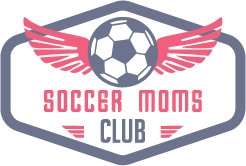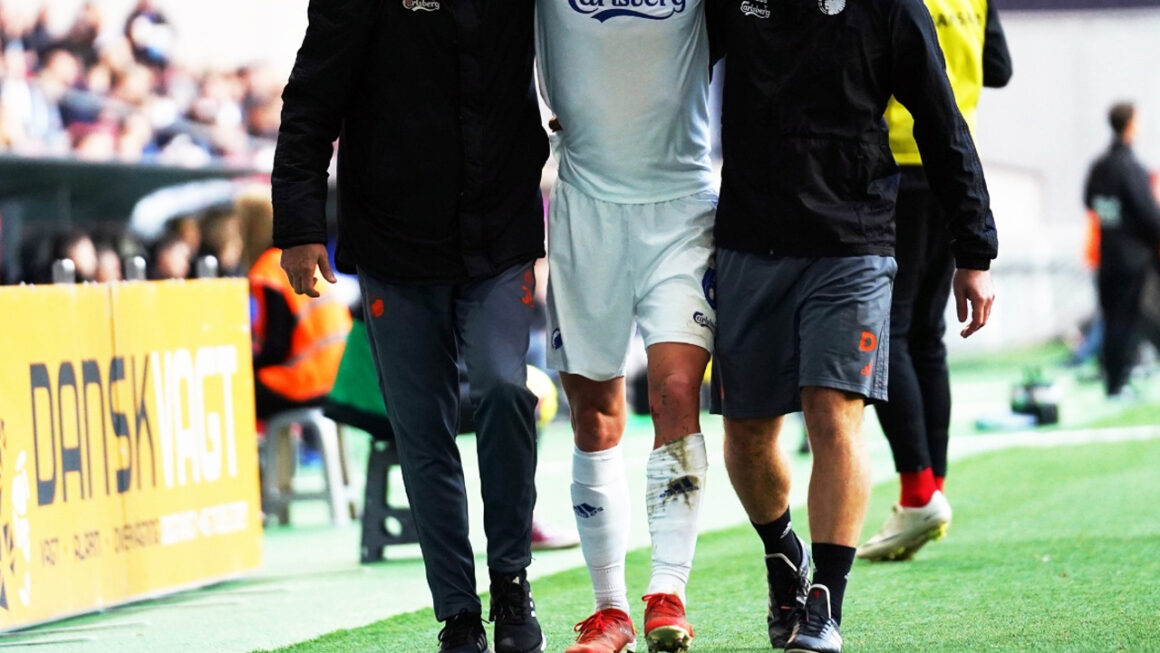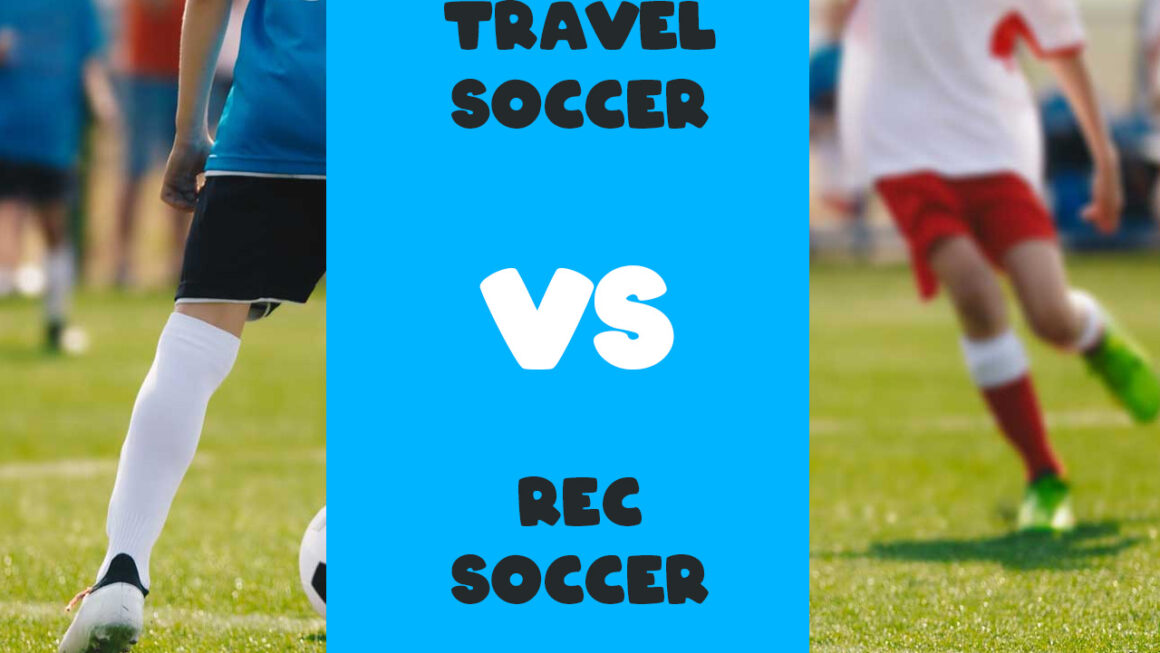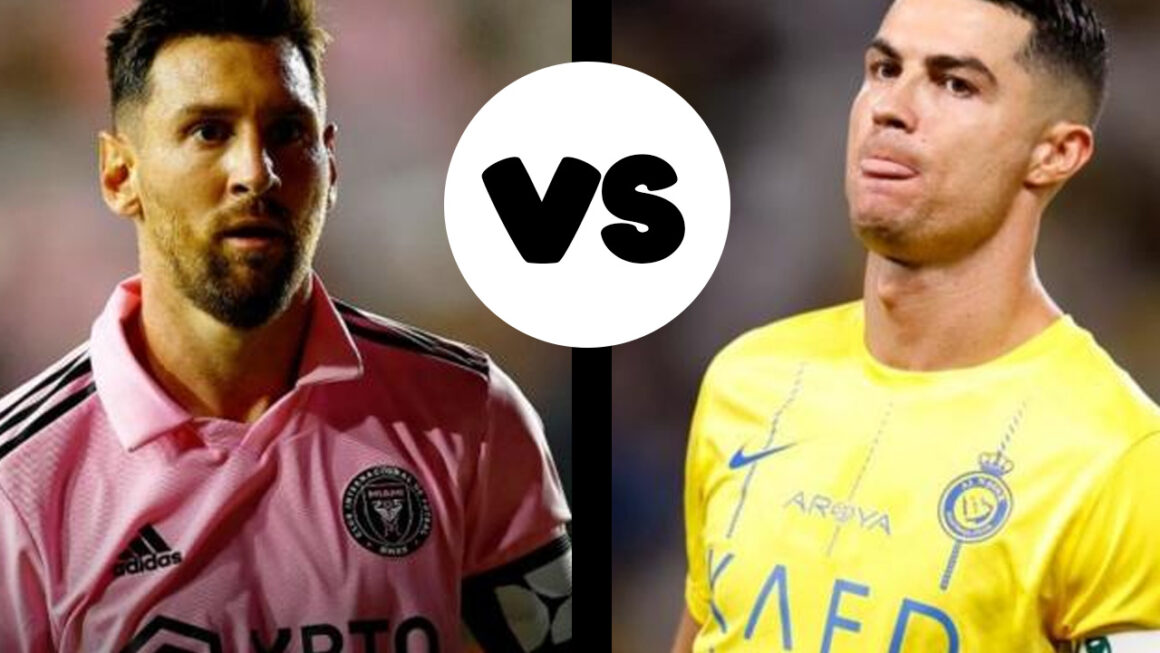As a soccer mom, you’re no stranger to the hustle and bustle of getting your kids to practice, cheering from the sidelines, and helping them stay active and healthy. But with all the running, tackling, and quick movements on the field, soccer can sometimes lead to injuries—big or small. Knowing how to recognize and treat common injuries can help ensure your child gets back on their feet and back into the game quickly.
Here’s a guide to understanding some of the most common soccer injuries and how you can help treat them, both immediately and in the long term.
1. Ankle Sprains
Ankle sprains are one of the most common injuries in soccer. Players often twist or roll their ankles when they’re changing direction quickly or getting tackled.
How to Recognize It:
- Pain or tenderness around the ankle.
- Swelling or bruising.
- Difficulty walking or putting weight on the foot.
How to Treat It:
- Rest: Have your child avoid putting weight on the injured ankle.
- Ice: Apply ice to reduce swelling. Do this for 15–20 minutes every 2-3 hours.
- Compression: Wrap the ankle with an elastic bandage (but not too tight!).
- Elevation: Keep the ankle elevated above the level of the heart.
- If the pain persists or if your child can’t walk, it’s important to see a doctor to rule out fractures.
2. Shin Splints
Shin splints are common among soccer players, especially those who suddenly increase their activity level.
How to Recognize It:
- Pain along the shinbone (front of the lower leg).
- Tenderness and swelling.
- Pain that worsens with activity, especially running.
How to Treat It:
- Rest: Encourage your child to take a break from running or intense activity.
- Ice: Apply ice to the affected area after play.
- Stretching: Gentle stretching of the calves and shins can help relieve tension.
- Consider using arch supports in shoes to reduce strain on the shin muscles.
3. Knee Injuries (Patellar Tendonitis)
Knee injuries are common in soccer due to the quick stopping and starting and frequent jumping.
How to Recognize It:
- Pain around the kneecap or in the front of the knee.
- Swelling or warmth in the area.
- Pain that worsens with activities like jumping, running, or kicking.
How to Treat It:
- Rest: Avoid activities that put strain on the knee.
- Ice: Use ice to reduce swelling and inflammation.
- Compression: Knee sleeves or straps can help support the knee.
- If the pain doesn’t subside, see a healthcare professional for further evaluation.
4. Groin Strain
Soccer involves a lot of sudden lateral movements, which can lead to groin strains.
How to Recognize It:
- Pain in the inner thigh or groin area.
- Difficulty moving the leg, especially when changing directions or kicking.
- Tenderness in the groin area.
How to Treat It:
- Rest: Avoid further activity that strains the groin.
- Ice: Apply ice to reduce swelling and discomfort.
- Gentle Stretching: After the initial healing period, light stretching can help restore flexibility.
- Compression: A groin wrap or compression shorts can provide extra support.
5. Muscle Strains (Hamstring or Quadriceps)
Strains to the muscles in the thighs can occur from sudden sprinting, kicking, or twisting motions.
How to Recognize It:
- Sharp pain or a pulling sensation in the thigh.
- Swelling or bruising in the muscle.
- Difficulty walking or running.
How to Treat It:
- Rest: Avoid activities that strain the injured muscle.
- Ice: Apply ice to reduce swelling.
- Compression: An elastic bandage or compression wrap can help.
- Elevate: If swelling is present, elevate the leg to help reduce it.
- If your child continues to experience pain, consult a doctor for a full assessment.
6. Concussions
Concussions are a more serious injury that can occur if your child takes a hard blow to the head, whether from an accidental collision, fall, or even a ball.
How to Recognize It:
- Loss of consciousness (even briefly).
- Confusion or dizziness.
- Headache, nausea, or vomiting.
- Sensitivity to light or noise.
- Trouble with concentration or memory.
How to Treat It:
- Immediate Medical Attention: If you suspect a concussion, seek medical help right away.
- Your child should refrain from physical activity until fully cleared by a healthcare provider.
- Rest is key. Cognitive rest (reducing screen time, quiet activities) is just as important as physical rest.
Prevention Tips for Soccer Injuries
While injuries can’t always be prevented, there are steps you can take to reduce the risk:
- Proper Warm-up and Cool-down: Encourage your child to stretch before and after practices or games.
- Hydration: Dehydration can increase the risk of muscle cramps and strains.
- Correct Footwear: Make sure your child wears the appropriate shoes for soccer to provide support and traction.
- Strengthening Exercises: Building up core and leg strength can help prevent muscle strains and improve overall stability.
- Encourage Good Technique: Help your child focus on proper running, kicking, and tackling techniques to reduce injury risk.
As a soccer mom, your job isn’t just about getting your kid to practice and making sure they have their gear—it’s also about keeping them safe and healthy. With the right knowledge, quick action, and some prevention strategies, you can help your little athlete bounce back from injuries and continue playing the sport they love. Stay vigilant and always consult a professional if you’re ever unsure about the severity of an injury.




